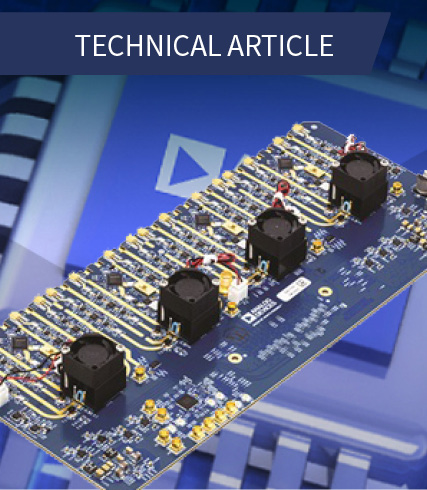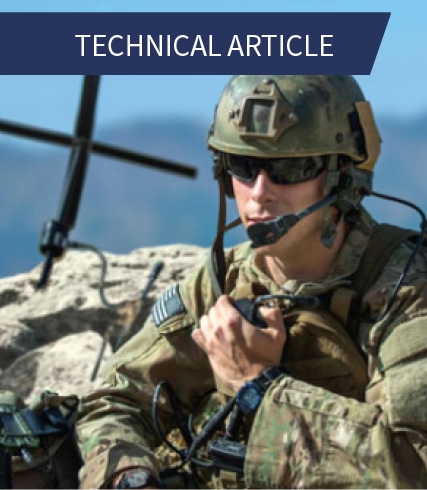This article details a systematic approach for predicting phase noise in large multichannel systems and compares it with measurements on a 16-channel S-band demonstrator. This analytic approach is based on a small set of measurements that can be used to estimate correlated vs. uncorrelated noise contributions. Based on only a few measurements, phase noise under a wide range of conditions can be predicted. The view is that any specific design will need its own system noise analysis, with the 16-channel demonstrator providing a specific design example to use as a basis. Assumptions based on the 16-channel demonstrator are discussed along with limitations about when the assumptions apply and when to add additional noise terms as system complexity grows. The description provided builds on a body of work describing phase noise optimization in RF systems.1–6 Where appropriate, references describing the foundational principles used in this analysis are provided.


Related Content

RadioThorium in TDD and FDD Configurations
This use case outlines the procedure and profile setting of the RadioThorium module for baseband TDD and IF-mode FDD configurations.

Next-Generation Military Communications Challenges
The next generation of MILCOM platforms will need to leverage more modern communication technologies that have been developed to enable commercial platforms such as cell phones and Wi-Fi.

A Review of Wideband RF Receiver Architecture Options
This article compares the benefits and challenges of three common receiver architectures: a heterodyne receiver, a direct sampling receiver.